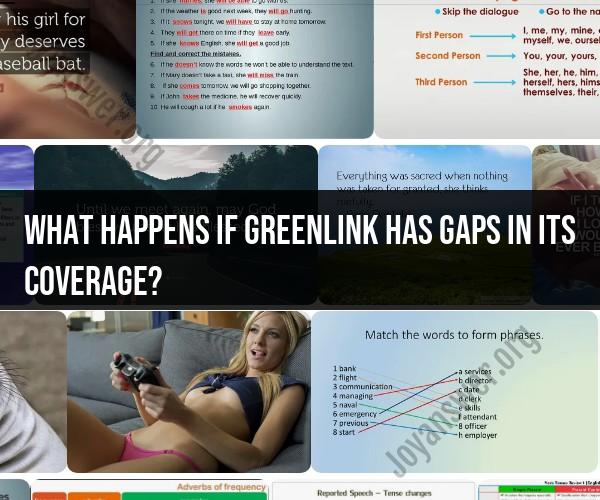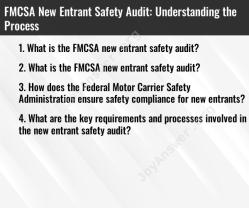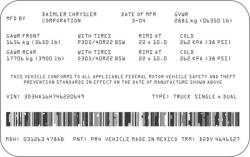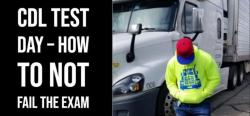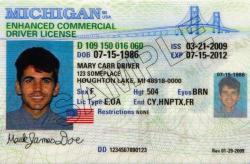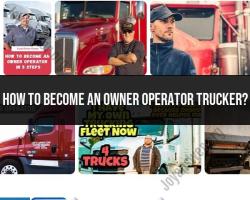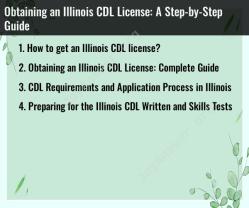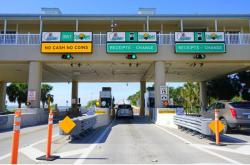What happens if Greenlink has gaps in its coverage?
Greenlink, often used to refer to sustainable transportation systems or eco-friendly initiatives, such as public transit, bike-sharing programs, or electric vehicle charging networks, can indeed face challenges related to gaps in coverage. When there are gaps in Greenlink's coverage, it can impact its effectiveness and accessibility. Here are some potential consequences and considerations when addressing these gaps:
1. Reduced Accessibility:
- Gaps in Greenlink coverage can limit access to sustainable transportation options for residents and commuters. People in areas with inadequate coverage may be less likely to use eco-friendly transportation alternatives.
2. Increased Car Usage:
- When sustainable transportation options are not readily available, people may resort to using personal vehicles more frequently. This can contribute to increased traffic congestion, air pollution, and carbon emissions.
3. Equity Concerns:
- Gaps in Greenlink's coverage can disproportionately affect underserved communities. It's essential to address equity issues and ensure that eco-friendly transportation options are accessible to all.
4. Incomplete Journeys:
- Gaps can disrupt complete, end-to-end journeys. For example, if a bike-sharing program has gaps in its network, users may have difficulty finding bikes or docking stations at their destinations, making the service less convenient.
5. Reliability Issues:
- Inconsistent coverage can lead to reliability issues, causing frustration among users who rely on Greenlink for their daily commute. Service interruptions or limited availability can deter people from adopting eco-friendly options.
6. Integration Challenges:
- Coordinating and integrating different modes of sustainable transportation, such as buses, subways, bikes, and electric scooters, can be complex when there are gaps in the coverage. Seamless integration is essential for the success of Greenlink.
7. Funding and Expansion:
- Addressing gaps often requires funding for infrastructure development or expansion. Securing financial resources and support from local governments, private sectors, or grants can be a challenge.
8. Infrastructure Development:
- Expanding Greenlink coverage may involve building new bike lanes, transit stops, charging stations, or other infrastructure. This can require careful planning and adherence to local regulations.
9. Community Engagement:
- Engaging with the community to gather input and feedback on Greenlink's coverage gaps is vital. Community involvement can help in designing effective solutions and garnering support.
10. Technology and Innovation:- Advancements in technology, such as mobile apps, can help users navigate around gaps in coverage. Innovative solutions, like microtransit services, can also fill transportation voids.
11. Public-Private Partnerships:- Collaborations with private companies, especially those in the sharing economy, can help expand Greenlink's reach and improve service availability.
12. Sustainability Goals:- Addressing gaps aligns with sustainability goals and environmental targets. A comprehensive Greenlink network supports efforts to reduce carbon emissions and promote eco-friendly transportation.
Overall, addressing gaps in Greenlink's coverage requires a strategic, multidimensional approach. It involves coordination, planning, funding, infrastructure development, community engagement, and a commitment to sustainability and equitable access to green transportation options. Efforts to close these gaps can contribute to more sustainable and eco-friendly transportation systems.
Gaps in Greenlink Coverage: Exploring the Consequences
Greenlink is the public bus system in Greenville, South Carolina. It provides transportation to residents and visitors of the city, but there are gaps in its coverage. These gaps can have a number of consequences for the people who live and work in Greenville.
One of the biggest consequences of Greenlink's coverage gaps is that they can make it difficult for people to get to their jobs and schools. If someone lives in an area that is not served by Greenlink, they may have to rely on a car to get around. This can be expensive and inconvenient, especially for people who do not own a car.
Another consequence of Greenlink's coverage gaps is that they can make it difficult for people to access essential services, such as healthcare and grocery stores. If someone lives in an area that is not served by Greenlink, they may have to walk or bike to get to these services. This can be especially difficult for people with disabilities or mobility issues.
In addition, Greenlink's coverage gaps can contribute to social isolation. If people cannot easily get around, they may be less likely to participate in community activities and socialize with others. This can lead to loneliness and depression.
Assessing Greenlink: The Impact of Coverage Gaps
Greenlink is a valuable resource for the Greenville community, but its coverage gaps have a number of negative consequences. These gaps can make it difficult for people to get to their jobs and schools, access essential services, and participate in community activities.
It is important to assess the impact of Greenlink's coverage gaps in order to develop solutions. This can be done by surveying residents and businesses in areas that are not served by Greenlink, and by analyzing data on ridership and ridership patterns.
Addressing Greenlink's Coverage Gaps: Solutions and Considerations
There are a number of solutions that can be used to address Greenlink's coverage gaps. One solution is to expand the Greenlink network to include new areas. This can be done by adding new bus routes or by using smaller vehicles, such as vans or shuttles, to serve areas with low ridership.
Another solution is to increase the frequency of service on existing routes. This would make it easier for people to get to their destinations on time and would also reduce wait times.
In addition, Greenlink can partner with other transportation providers, such as ride-sharing companies and taxis, to provide transportation to areas that are not served by Greenlink. This would give people more options for getting around and would make it easier for them to access essential services.
When developing solutions to address Greenlink's coverage gaps, it is important to consider the following factors:
- Cost: Expanding the Greenlink network or increasing the frequency of service would require additional funding. It is important to identify funding sources and to ensure that the cost of these solutions is justified by the benefits.
- Equity: It is important to ensure that any solutions to address Greenlink's coverage gaps are fair and equitable. This means that all residents of Greenville should have access to public transportation, regardless of where they live.
- Sustainability: It is important to consider the environmental impact of any solutions to address Greenlink's coverage gaps. For example, adding new bus routes would increase emissions. It is important to find ways to reduce emissions while also expanding access to public transportation.
Addressing Greenlink's coverage gaps is a complex challenge, but it is an important one. By taking a thoughtful and comprehensive approach, the city of Greenville can develop solutions that will benefit all residents.
